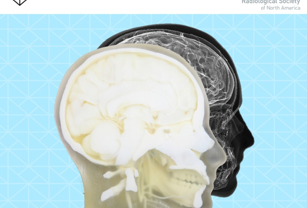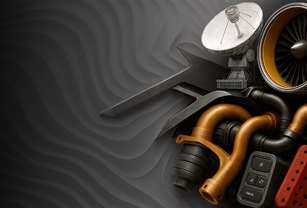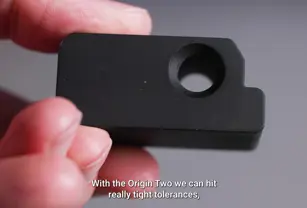More business opportunities start with the Neo800+ SLA printer.
Discover what’s new in PolyJet technology—from ToughONE™ materials to Pantone colors, clear parts, and post-processing tools. See how upgrading to J3, J5, or J8 can boost performance and ROI.
Discover how 3D printing accelerates UAV and UGV production by reducing lead times, minimizing MOQ constraints, and improving supply chain agility—ideal for defense and unmanned system manufacturers.
Discover how Stratasys 3D printing enhances CTE programs at ACTE CareerTech VISION. Explore NOCTI certifications that boost student skills and careers
Discover how Stratasys Medical is transforming healthcare with cutting-edge 3D printing solutions. Visit us at the RSNA 2025 Annual Meeting to explore medical models, surgical planning tools, and innovation in patient care.
Visit Stratasys at Formnext 2025 to explore sustainable, IP-secure, and production-ready AM solutions across five technologies backed by smart software and industry leadership.
Join Stratasys and exocad experts to learn how to design and 3D print monolithic, full-color dentures with zero assembly. Discover advanced workflows and tips for dental professionals.
Discover how EndoCure used Stratasys Digital Anatomy™ 3D printing to validate its robotic ultrasound platform, improving early-stage lesion detection and accelerating clinical readiness.
Learn how pairing ULTEM™ 9085 Filament CG with the F3300 delivers faster print speeds, stronger parts, and lower unit costs for aerospace manufacturing—without compromising traceability or quality.
Discover how Weather Shield uses industrial 3D printing to cut tooling costs, accelerate production, and deliver hurricane-tested window components.









